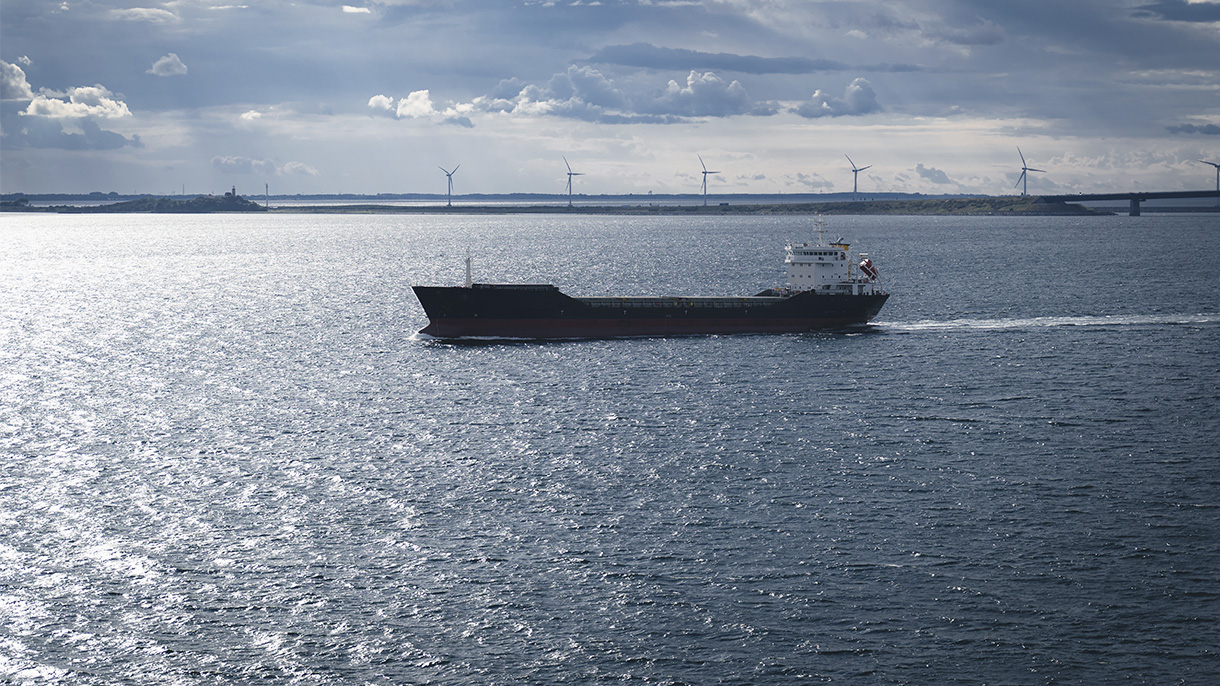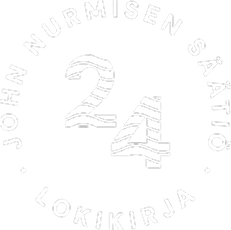
Maritime transport, ports and wastewaters
Maritime transport generates emissions through activities such as the loading and unloading of fertilisers and the transport of chemicals. Enhanced phosphorus removal reduces emissions from biogas plants.
Chemical emissions
By law, chemical tankers are allowed to discharge environmentally harmful residues into international waters when washing their tanks.
The Chemical Tanker project sought to reduce chemical discharges into the Baltic Sea as a result of vessels carrying harmful chemicals washing their tanks in Finnish and Swedish ports.
In 2024, we continued working with chemical companies that import those chemicals that were identified as the most harmful in a preliminary risk analysis carried out by Traficom. The commitment made by Finnish tall oil operators in 2023 continued in 2024, that is, to treat washwater from tall oil tankers onshore and to reduce discharges into the Baltic Sea by around 3,000 litres per year.
We expanded our international cooperation, and organised a HELCOM workshop in Latvia in cooperation with Coalition Clean Baltic. This workshop enabled experts and stakeholders working on chemical emissions to share information about the impacts of chemical emissions, discuss necessary legislative amendments, and improve monitoring and reporting. This workshop accelerated the risk assessment process in other HELCOM countries, and progress has now been made towards adding chemicals (including tall oil) to the mandatory pre-wash requirement at IMO level.
Fertilizer emissions
The handling of fertilizers at ports generates a lot of waste that leads to eutrophication of the sea.
The Fertilizer Shipping project sought to reduce nutrient emissions from fertilizer handling both at ports and on vessels.
During 2024, we reduced eutrophicating fertilizer emissions into the sea in collaboration with Finland’s largest fertilizer ports, the ports of HaminaKotka and Kokkola. Both ports continued to use stormwater filters to prevent fertilizer runoff into the sea. The Port of Kokkola continued to use a protective plate between the ship and quay. We also provided operators in Kotka with training sessions on the environmental impact of fertilizer shipping.
We developed international guidelines on the best available techniques (BAT) and best environmental practice (BEP) for the storage, handling and transport of fertilizers. Our goal is for these guidelines to become an official HELCOM recommendation for the entire Baltic Sea region in 2025.
We organised a workshop for Finnish authorities that are responsible for issuing and monitoring environmental permits for BAT/BEP at ports. As a result of these discussions, the monitoring of fertilizer operators at the Port of Kotka was significantly improved in 2024. The authorities also used the guidelines and results of our project to draft a new environmental permit for the handling of bulk fertilizers at the Port of Taalintehdas. The new permit pays much closer attention to reducing and monitoring emissions than the earlier environmental permits for fertilizer ports.
Enhanced phosphorus removal
We signed an agreement with the city of Lviv, Ukraine, and its water utility to build an enhanced phosphorus removal system for biogas plant wastewater.
In this project, we are responsible for planning the phosphorous removal system and procuring the required equipment. Construction of the biogas plant has been hindered by Russia’s war of aggression, and the Foundation currently expects to launch design work in 2026.
Photo: Eeva Tähtikarhu
